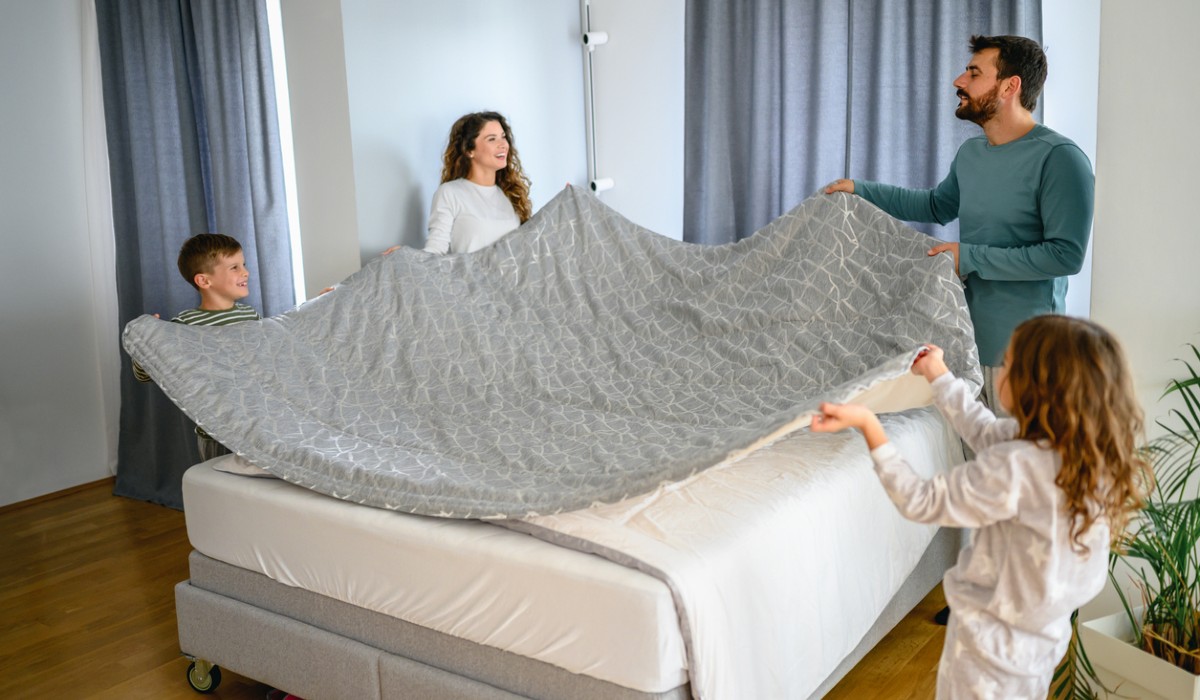This content was originally published on OldHouseOnline.com and has been republished here as part of a merger between our two businesses. All copy is presented here as it originally appeared there.
We’ve all seen those perfectly made hotel beds with crisp white sheets and tight corners. It looks so inviting, but what’s the difference between a bed with a fitted and flat sheet and one without?
You may be surprised to learn that there are several benefits to using both a fitted and flat sheet on your bed. For one, it helps to keep your sheets in place and prevents them from bunching up at night. It also provides an extra layer of warmth in the winter and can even help to absorb sweat in the summer. So, if you’re looking for the perfect way to make your bed, be sure to use both a fitted and flat sheet.
The Case for Fitted and Flat Sheets
There are many reasons why you might want to use both a fitted sheet and a flat sheet on your bed. Fitted sheets are great for ensuring that your mattress is fully protected from spills, stains, and dirt. They protect your mattress from dead skin cells and sweat so that you don’t have to replace your mattress as often. Flat sheets can be easily removed and laundered if they become soiled, so they are ideal if you like to eat in bed.
Another benefit of using fitted and flat sheets is that they can help to keep you comfortable in different weather conditions. In warmer weather, the flat sheet can be removed so that you don’t get too hot during the night. Some people find that they can go without a comforter in the summer months if they have a flat sheet. In colder weather, the fitted sheet can be tucked in tightly around the mattress to help prevent drafts.
The Case Against Fitted and Flat Sheets
There are a few reasons why you might not want to use both a fitted sheet and a flat sheet on your bed. One reason is that it can be more work to make the bed with two sheets. Some people find it difficult to get the top sheet to lay right on the bed, which can disturb your crisp bed linens. If you have allergies or sensitivities, using two sheets can mean more laundry, since they will need to be washed more often.
Another potential downside of using fitted and flat sheets is that they can sometimes slip and bunch up during the night. This can be uncomfortable and make it difficult to get a good night’s sleep. If you don’t like the feeling of being caught up in a blanket, a flat sheet may not be the right choice for you.
Conclusion
So which side is right? Ultimately, it comes down to personal preference. If you like the feeling of sleeping between two sheets, then, by all means, use both a fitted sheet and a flat sheet. But if you find that one sheet is plenty or that using two sheets is just too much hassle, then there’s no reason why you can’t stick with a single flat sheet. Whichever way you choose to make your bed, there’s no wrong answer, as long as it’s comfortable for you.







